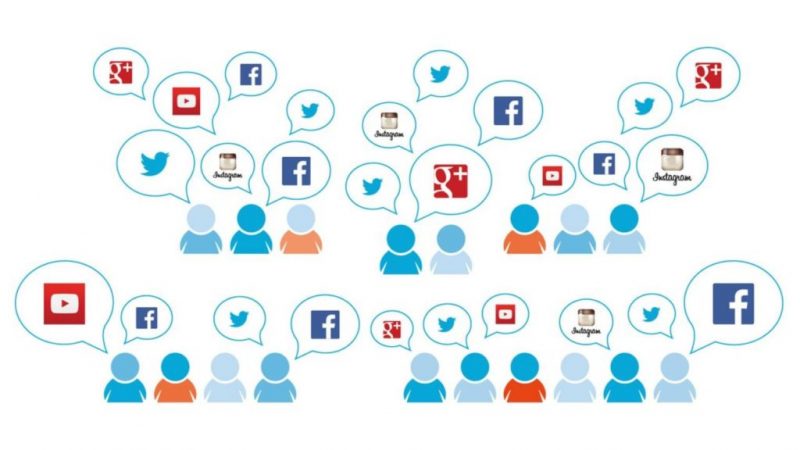April 22, 2018
What is Social Return on Investment (SROI)?

Financial decisions are often defined by a term called “return on investment” (ROI), but in a world of increasing social interactions, how do you measure the data created from those? The method is known as social return on investment (SROI) and it represents a broader concept of value. This type of calculation incorporates the following into a figure:
- Social interactions
- Behavior
- Word-of-mouth
- Economic issues
- Environmental factors
What you won’t see with an SROI is any financial statements. It is strictly looking at people. That’s because 93% of a consumer’s purchasing decisions are influenced by social media, according to research firm Nielsen.

So, what does that mean? You need to be looking at SROI to get the big picture.
Social Monitoring
The first step to establishing where a brand’s reputation lies is to listen to what people are saying about them. Social monitoring (also called ‘listening’) is an easy automation that a company can set up as a way to engage their audience. You simply enter your brand name into social listening tools like Google Alerts and Awario; then check your inbox when it pings.
The ability to monitor when people are discussing your company, and immediately respond in real-time, not only increases customer engagement, it builds brand trust and establishes deeper consumer loyalty. 76% of marketers say they need to be more data-focused to succeed, so maybe this is a chance for savvy social listeners to beat the competition.
Strategic Management
Once you start collecting social data, it will reveal which marketing campaigns aren’t doing so hot. You can then use analytics to drive informed decision making. People are not afraid to voice their opinions online. If your brand is running a campaign that is annoying or intrusive, social listening will let you know right away. Then you can yank it or attempt a different approach.

Without taking SROI into consideration, a company runs the risk of dumping time and money into marketing strategies that aren’t working. It may also be that a brand simply needs to perform a little A/B testing with their campaigns to get it right. The best thing about marketing online is that tactics can shift at the drop of a dime if something is failing.
Future Outcomes
Once a solid SROI strategy is in place it can complement predictive analytics like nothing else. When a brand truly understands the nature of their audience, it’s easier to predict future outcomes. Some companies even use polls and other surveys on social media to assist in their product development. If the audience is saying “nay” early on, the project gets dropped, with little to no cost. The best practice when planning a campaign or product launch, is to ask your audience first and then listen like crazy to their responses.

Quantifying social outcomes is never an exact science because this is people we’re talking about—not numbers. However, due to the nature of digital marketing and where society is headed with communication, it’s a company’s best bet to be heard. Social return on investment comes with a mutual respect between a brand and their audience that can flourish into a trusting and beneficial relationship for years to come.







